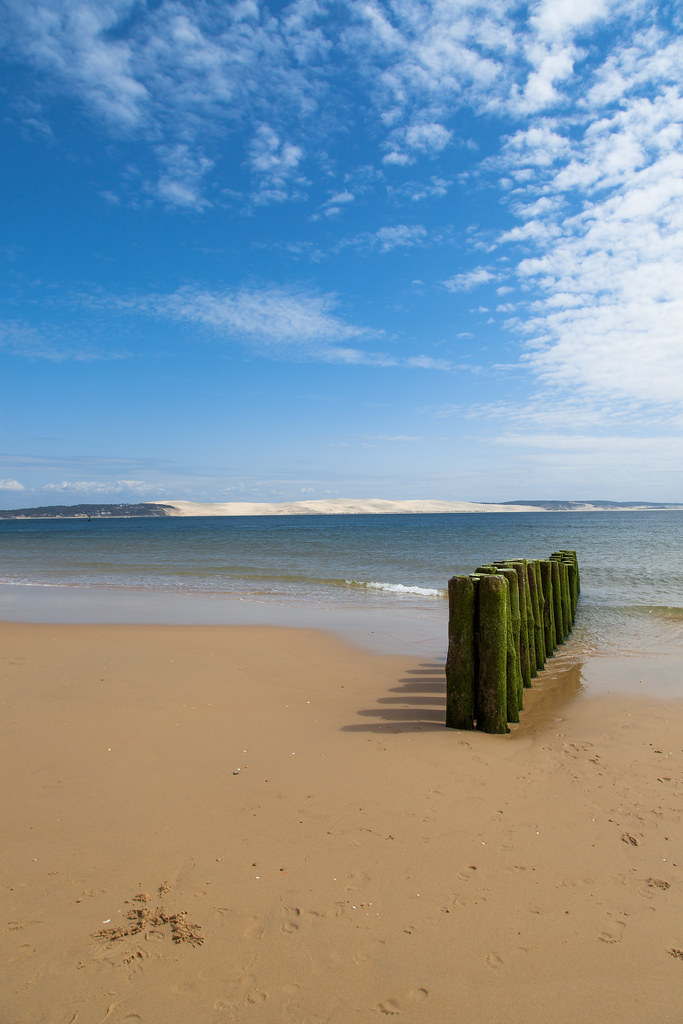If you’re a Canadian looking to escape the cold and enjoy some clear blue water in Europe, you might be overwhelmed by the sheer number of options. From the Mediterranean to the Atlantic, from the Baltic to the Black Sea, Europe has countless beaches to suit every taste and budget. Whether you’re looking for a relaxing getaway, a cultural adventure, or a party destination, there’s a beach for you in Europe. Here are some tips on how to find your perfect beach escape in Europe, based on three articles from Lonely Planet, The Guardian, and European Best Destinations.
How to Choose a Beach in Europe
You need to decide what kind of beach you’re looking for. Do you want a sandy beach or a pebbly one? A secluded cove or a bustling resort? A warm and sunny climate or a cooler and breezier one? A family-friendly beach or a nudist beach? A beach with water sports or a beach with natural beauty? A beach with historical attractions or a beach with nightlife? A beach with local cuisine or a beach with international flavors? A beach that’s easy to reach or a beach that’s off the beaten track? A beach that’s affordable or a beach that’s luxurious? Depending on your preferences, you can narrow down your choices and focus on the regions or countries that offer what you’re looking for.
Do some research on the best beaches in Europe. You can use online resources, such as the ones mentioned above, to get some inspiration and information. You can also ask for recommendations from your friends, family, or fellow travelers who have been to Europe before. You can also check out reviews, ratings, photos, and videos of the beaches you’re interested in. You can also look for travel guides, blogs, magazines, or books that feature the best beaches in Europe. You can also consult with a travel agent or a tour operator who can help you plan your trip and book your accommodation, transportation, and activities.
You need to compare and contrast the beaches you’ve shortlisted. You can use a spreadsheet, a map, or a list to organize your information and compare the pros and cons of each beach. You can also use a scoring system, a ranking system, or a voting system to evaluate each beach based on your criteria. You can also use a budget calculator, a distance calculator, or a weather forecast to estimate the costs, time, and conditions of your trip. You can also use a checklist, a calendar, or a planner to prepare for your trip and pack your essentials.
Make your decision and book your trip. You can use online platforms, such as Expedia, Booking.com, or Airbnb, to find and book your flights, hotels, or rentals. You can also use online tools, such as Skyscanner, Kayak, or Google Flights, to find the best deals and compare the prices and options. You can also use online apps, such as Tripadvisor, Lonely Planet, or Google Maps, to find and book your activities, attractions, or restaurants. You can also use online services, such as VisaHQ, Travel Insurance, or Currency Converter, to sort out your visa, insurance, or money matters. You can also use online communities, such as Reddit, Facebook, or Instagram, to share your plans, get tips, or meet other travelers.
Examples of the Best Beaches in Europe
Here are some examples of the best beaches in Europe:
Navagio Beach, Greece: This stunning beach, also known as Shipwreck Beach, is located on the island of Zakynthos. It features a dramatic cliff, a turquoise sea, and a rusty shipwreck that adds to its charm. It’s one of the most photographed beaches in the world, and it’s only accessible by boat. It’s ideal for adventurous travelers who want to enjoy the scenery, swim, snorkel, or base jump.

Cala Macarella, Spain: This beautiful beach, also known as Macarella Beach, is located on the island of Menorca. It features a white sand, a crystal clear water, and a pine forest that surrounds it. It’s one of the most peaceful and relaxing beaches in the Mediterranean, and it’s only accessible by foot or by boat. It’s ideal for nature lovers who want to enjoy the tranquility, sunbathe, or hike.

Zlatni Rat, Croatia: This unique beach, also known as Golden Horn, is located on the island of Brac. It features a golden pebble, a deep blue water, and a shape that changes with the wind and the tide. It’s one of the most popular and lively beaches in the Adriatic, and it’s easily accessible by car or by ferry. It’s ideal for sporty travelers who want to enjoy the wind, surf, kite, or sail.

Praia da Marinha, Portugal: This spectacular beach, also known as Marinha Beach, is located on the Algarve coast. It features a golden sand, a turquoise water, and a rocky formation that creates natural arches and caves. It’s one of the most scenic and pristine beaches in Europe, and it’s accessible by car or by boat. It’s ideal for romantic travelers who want to enjoy the view, swim, or explore.

Dune du Pilat, France: This impressive beach, also known as Pilat Dune, is located on the Atlantic coast. It features a white sand, a blue water, and a giant sand dune that rises up to 110 meters above sea level. It’s one of the most fun and adventurous beaches in Europe, and it’s accessible by car or by bus. It’s ideal for playful travelers who want to enjoy the sand, slide, or paraglide.

Related posts:
15 Best Places for Canadian Snowbirds: Best Winter Destinations
Best Warm Weather Destinations With Direct Flights – Fodors Travel Guide
7 budget-friendly trips to escape the cold | Canadian Living





